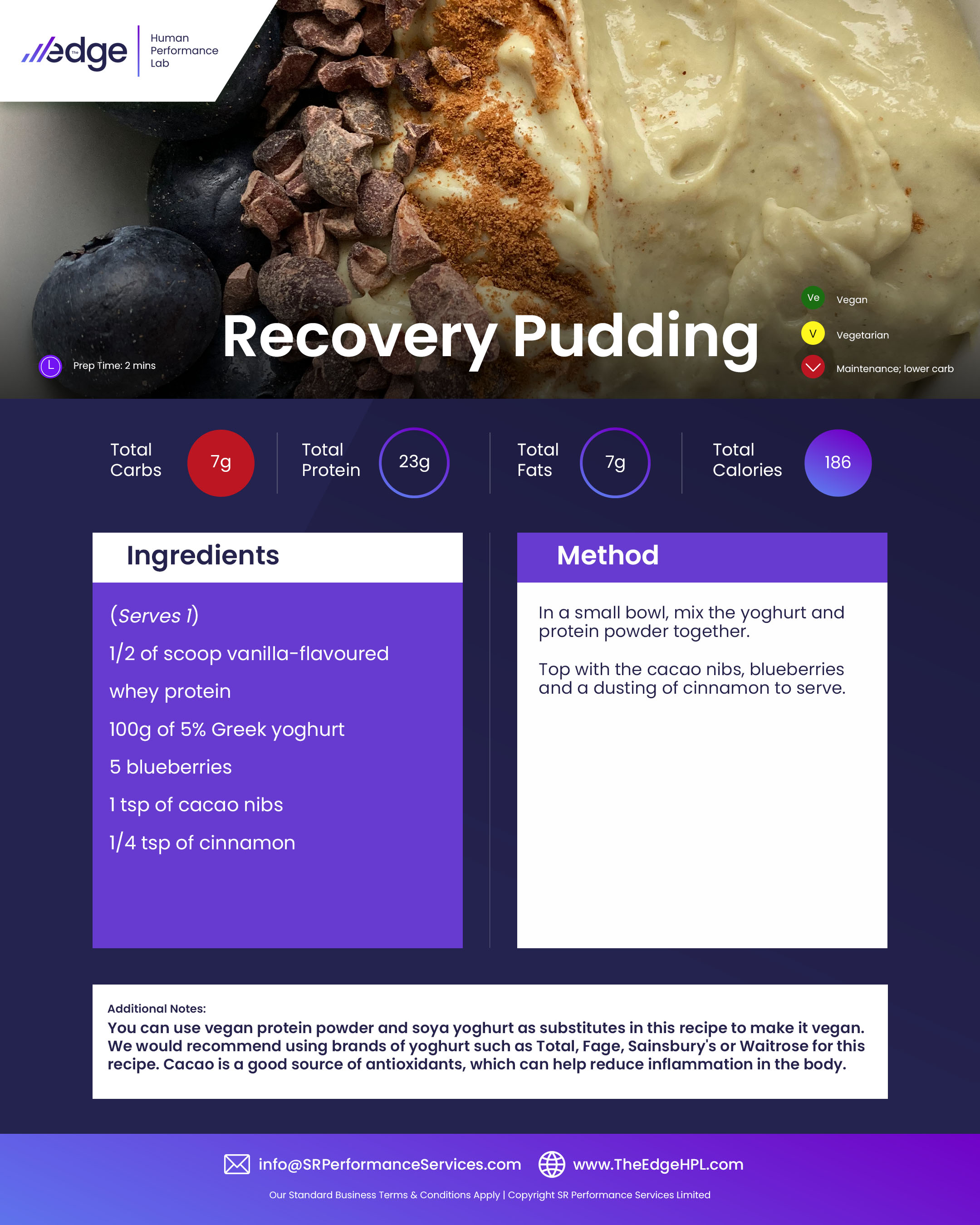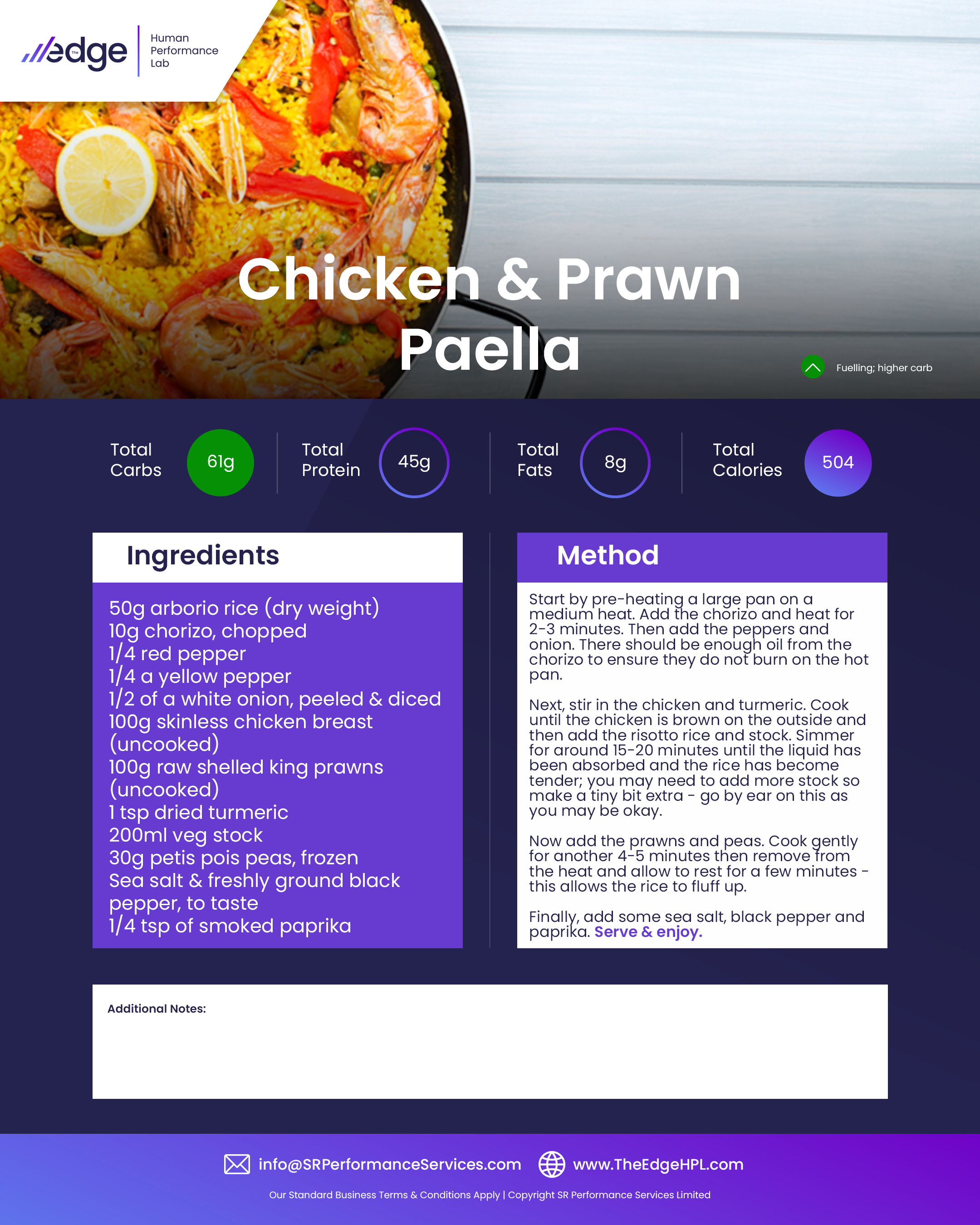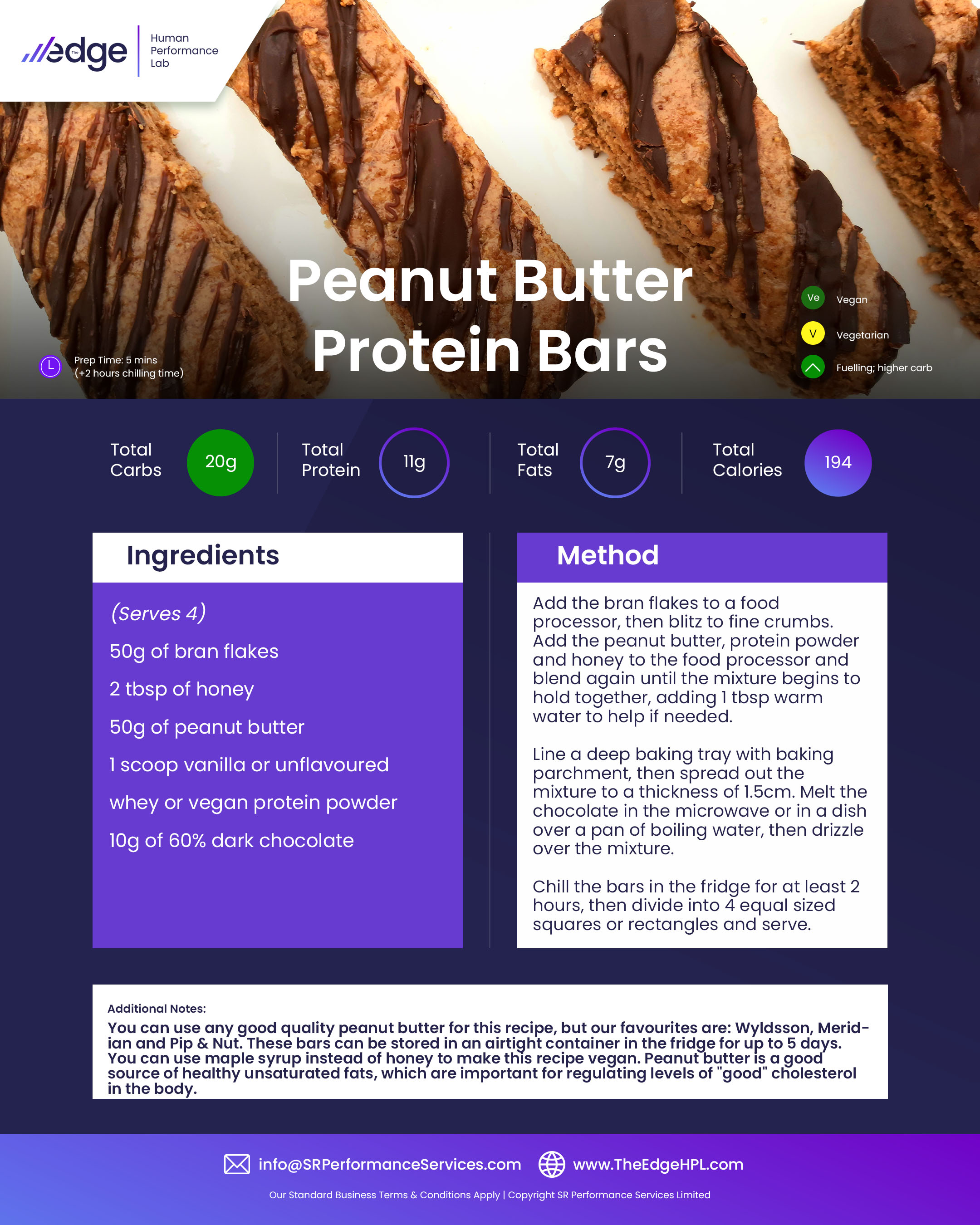Nutrition advice for teenage triathletes
The importance of good nutrition at any age can not be underestimated. But how can we help teenage triathletes develop healthy habits of a lifetime that will help improve their mental and physical performance, health and well-being, overall relationship with food, and confidence? Here's everything you need to know…

For the developing teenage triathlete, the aim of the diet is to prioritise long-term and sustainable health – above everything else. The teenage years are an important period of growth and development.
During this time there will be changes in body composition (the amount of muscle, fat and bone), hormonal changes and the development of organs among other key biological processes, which all affect both current and future health.
Beyond these physical changes, the teenage years are an influential time in forming an individual’s long-term relationship with food and so experimentation with food and the development of cooking skills is also highly important.
There will also be challenges to navigate associated with managing school schedule, training, work and time spent with friends and family.
Taking all of the above into account, teenage triathletes, with the support of their family and caregivers, should aim to regulate eating patterns to reflect daily exercise demands and provide a regular supply of high-quality carbohydrate, fat and protein sources from minimally processed whole foods throughout the day.
Developing culinary skills and experimenting with different foods and recipes will set a solid foundation for long-term and sustainable health.
- The best foods and nutrients athletes should include in their diet
- What are the most important nutrients endurance athletes need in their diet?
The one nutrition habit that has served me best across my career is eating real food that I really enjoy. This is underpinned by my core nutrition philosophies
Chrissie Wellington OBE, 4 x Ironman world champion
What are the main food groups that teenage triathletes should include in their diet?
Carbohydrates, fats and proteins (collectively known as macronutrients) provide virtually all of the energy (i.e. the calories) the body requires.
Each have different roles to play in the body; carbohydrates are a key energy source and form the majority of our energy intake, protein is required for growth, development and recovery, while fats are another key energy source also required for growth, development and the production and function of key hormones and vitamins.
Teenage triathletes should focus on getting these macronutrients from whole foods or minimally processed foods.
It’s also vital not to neglect micronutrients (vitamins and minerals) that are found most richly in vegetables and fruits as they are essential for energy metabolism, growth, development, repair and recovery too.
Lots of diversity in the diet will help to ensure all of the vast array of micronutrients are supplied to the body.
- The best sources of protein for vegan and vegetarian triathletes
- How can gluten-free athletes get enough carbs to help optimise training and racing?
How should teenage triathletes ‘fuel’ their swim, bike and run sessions?
It’s more important that a teenage triathlete develops a basis of good eating patterns before considering how to fuel individual sessions. Three main meals with a portion of high-quality carbohydrate, protein, fats and vegetables is a good base, with snacks in-between depending on training demands.
Importantly, food isn’t just fuel – it’s important to remember that it serves many more vital functions in the body, which are vitally important for the developing adolescent athlete.
Lower-intensity sessions may not need any particular fuelling strategy since the energy will be predominantly derived from the body’s fat stores, while higher-intensity sessions that rely on carbohydrate as a fuel and lasting 1hr or longer may benefit from a small amount of carbohydrate intake (this could be a sports drink or a banana, for example).
Teenage triathletes should be encouraged to think of fuelling as an interconnected cycle, i.e. refuelling and recovering with food from one session also serves to begin fuelling for the next session.
In this way, every feeding opportunity counts and planning your nutrition ahead will yield the best results.
Being well prepared and organised with my nutrition was the key to unlocking my best performances. When I was competing, I used to plan and prepare my meals so I knew I was giving myself the best foods instead of relying on processed foods that are often found at petrol stations and other venues. I encourage any young, ambitious person to do the same
Ellie Simmonds, 5 x Paralympic gold medalist
How can teenage triathletes ensure the best recovery post-session?
Eating a mixed meal that includes a portion of high-quality carbohydrate, protein, fats and vegetables is the best recovery strategy.
This could be breakfast following a morning swim set or dinner after an evening run.
However, the timing of the session might make eating a meal afterwards impractical, for example after a club training session later in the evening.
In this case, a mixed meal at least 2hrs beforehand and a lighter protein-rich snack after the session is a good option, such as:




Aside from nutrition, high-quality sleep is fundamental for recovery and too often overlooked. Invest time into developing a winning sleep routine. Limiting screen time (laptops, tablets, phones, TV) before bed, making the bedroom as dark as possible, switching off devices that may wake you and taking a hot shower 30-60 mins before lights out are examples of a good pre-bed routine and evidence-based methods to optimise sleep.
What should a teenage triathlete eat before a triathlon?
The day before a race (race day -1) is the key opportunity to fuel up. Carbohydrates are king when it comes to energy for peak performance.
While adequate fibre (a form of carbohydrate that is not digested) intake is key for a healthy balanced diet, low fibre carbohydrate-rich foods such as white rice, pasta, bread, bananas and fruit juices are a good choice on race day -1 as they’re quickly digested and stored in the muscles and liver as our fuel supply.
These low fibre foods may also help reduce risk of gastrointestinal upset on race day. Ultimately, some experimentation with different carbohydrate rich meals and snacks is required to figure out what works best for you (each person is different).


The pre-race breakfast on the morning of the race is simply an opportunity to top up the energy stores that you have built on race day -1. Eat something that you find easy to digest that is rich in carbohydrates. If you struggle to eat on race morning, provided you’ve fuelled well the day before, sipping on some fruit juice or a sports drink or eating a small snack like a banana or some cereal will suffice, hence why race day -1 is key!

What should a teenage triathlete eat and drink during a triathlon?
As mentioned earlier, carbohydrates are the main fuel source for triathlon performance. However, whether or not a teenage triathlete should consume carbs during the race really depends on the race duration. For short races such as sprint and super-sprint races, there is rarely any need to eat during the race.
A carbohydrate mouth rinse (swirling a sports drink containing carbohydrates such as glucose in the mouth and spitting it out) or a small amount of carbohydrate in the form of a drink may benefit performance.
For teenagers at the top end of the age range (16-18 years) who may participate in Olympic-distance races that may take ~2 hours depending on the calibre of the athlete, the best opportunity to consume food and drink will be on the bike.
The energy from anything consumed on the bike will then be available for use during the run. The simplest and most effective option would be to consume fluids containing 30-60g of carbohydrates during the bike leg, which also serves to maintain a hydrated state.
On the point of hydration, it’s important to arrive at your race well-hydrated by consuming plenty of fluids in the day before and topping-up on the morning of the race. An easy hydration test is to ensure your urine is a pale yellow to clear colour and not dark yellow and to avoid a dry mouth.
A general rule based on current scientific guidelines is to aim for fluid intakes of 13 mL/kg per hour during your race. To calculate this for yourself, simply multiply your body weight in kg by 13 and you’ll have a target of fluid to consume in ml per hour.
In practice, a practical solution would be to take a 750ml bottle containing water or a carbohydrate solution containing 30-60 g of glucose (or maltodextrin) or a combination of glucose/maltodextrin and fructose with a tiny pinch of salt. You could easily make this for yourself or purchase a sports drink from a reputable brand.
- The vegetarian triathlete: what to eat if you are meat-free
- Vegan meal ideas: what can vegans eat?
- Hydration: 5 mistakes triathletes make and how to avoid them
What should a teenage triathlete eat immediately after a triathlon?
Something you really love! While replacing the carbohydrates used during the event and providing protein for recovery are certainly helpful, it’s equally important that you eat something you really enjoy and take the time to appreciate and enjoy it. The chances are that it will contain some carbohydrate and protein anyway, which will kick start your recovery.
You can re-commence your healthy eating habits the next day. A homemade oat flapjack or energy bar would provide plenty of carbohydrate and a modest amount of protein. Alternatively, chocolate milk is an excellent post-race recovery drink that contains protein, carbohydrates and is great for rehydrating. Try to ensure your recovery continues through the day with mixed meals using a diverse range of ingredients.

Should teenage triathletes avoid any foods?
Absolutely not. Even elite athletes enjoy so-called ‘less healthy’ foods at times and do not completely avoid foods. While less healthy foods are not good to eat regularly, we have to let ourselves enjoy treats from time to time. See the bigger picture: healthy eating habits 80% of the time, treats and less healthy choices 20% of the time. One take-away shouldn’t feel like a failure in your healthy routine. This 20% will help you keep on track with the 80%!
We all have ups and downs, highs and lows, and we all make choices that maybe aren’t so positive from time to time. When this happens, I try to be kind to myself. I try to figure out why I made those choices; was I bored, stressed, anxious? And then try to put mitigation strategies in place to prevent it from happening again; what can I learn from it, and what can I improve next time around?
Chrissie Wellington OBE, 4 x Ironman world champion
What are the common misconceptions surrounding diet and endurance training for teenagers?
The most common problem we see in young endurance athletes is unnecessary emphasis on body weight and body composition. This can have a negative effect on eating behaviour leading to skipping meals and completely restricting food groups and ultimately creating a damaging long-term relationship with food.
Energy requirements for adolescent athletes are reported to be 3,000 to >4,000 kcals per day (note that this varies significantly from athlete to athlete and training demands), which is a very large energy demand.
While we do not suggest that young athletes count calories, the point here is that restricting foods and focusing on body composition will likely lead to falling short of the required energy intake, which will negatively impact short and long-term health, while also increasing risk of illness and injury.
What steps can parents of teenage triathletes take to ensure that their children have a healthy relationship with food?
Firstly, get in the kitchen together, build and share your meals together, have fun and enjoy the process of making meals. Cooking and sharing meals are things that are unique to humans that we should appreciate and cultivate. Pick whole foods from the supermarket and minimise processed foods and encourage children to be involved in selecting ingredients.
Emphasise the importance of balance; eating healthy whole foods for the majority of the time and giving yourself the flexibility to enjoy treats too. It is normal that children fear new foods, but research shows that repeatedly exposing children to foods can change children’s preferences i.e., just because a child dislikes vegetables isn’t a reason to stop feeding them in meals.
It’s important to educate yourself around nutrition from an early age. Be aware of the foods you’re consuming on a regular basis, and how this ties in with what your actually body needs. This will take time and some trial and error, but it will be a great investment into your current and future self
Ellie Simmonds, 5 x Paralympic gold medallist
What are the key warning signs to look out for in teenage athletes that they might have an unhealthy relationship with food?
Avoidance and/or restriction of food groups is a common yet a very unhealthy mindset to place on food.
Secondly, seeing training as a mechanism just to burn calories before or after eating certain foods is also an unhealthy mindset, as food provides much more than just calories. Weighing oneself too often may also indicate fixation on body weight, which in turn can influence eating behaviours.
What can parents do if their child is showing signs of having an unhealthy relationship with food?
Seek professional support from a qualified nutritionist or dietician. Our group at The Edge HPL comprises a team of highly qualified professionals that includes registered sport nutritionists and a qualified performance lifestyle advisor that together offer holistic support to athletes of all ages and levels.
As a teenager, you have the opportunity to really cement some positive eating habits and behaviours. After a while, these become automatic and learned, and are a lot easier to sustain later in life. It’s important to look after yourself early in life because it’s foundational for your health right now, as well as in the future
Chrissie Wellington OBE, 4 x Ironman world champion
The Edge HPL
The Edge HPL provide nutrition and physiology support to many of the world’s best high performers. By teaming up with dozens of the world’s best athletes, they’re revolutionising how teenagers learn about, activate and sustain healthy eating habits for the benefit of their mental and physical performance, confidence, and overall relationship with food, as well as their long-term health and well-being.
Learn more about their ‘Champions of the Future’ initiative:
Learn more about their everyday work: theedgehpl.com and on Instragram @TheEdgeHPL




